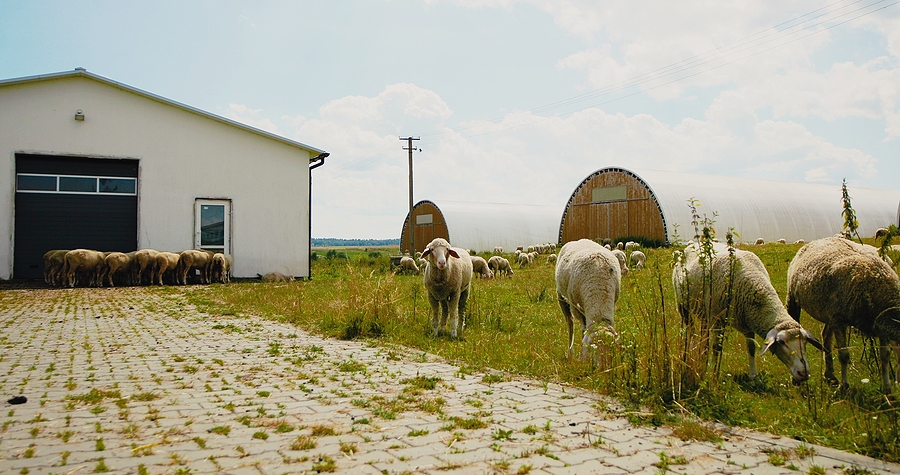Weaving Through History
Spinning yarns have a storied history, tracing back to ancient civilizations that mastered the art of transforming raw fibres into threads. This skill, vital for creating textiles, played a crucial role in the development of societies, enabling them to craft garments, build shelters, and foster trade. The intricate process of spinning has seen countless refinements, with each innovation elevating the craft to new dimensions.
The Journey from Hand Spinning to Mechanical Looms
The evolution of spinning yarns is marked by the transition from manual hand spinning to the advent of mechanical looms. This shift revolutionised the textile industry, significantly enhancing production capacity, precision, and consistency. The Spinning Jenny and the Spinning Mule were among the first inventions that propelled this transformation, making yarn production more efficient and scalable.
The Role of Raw Materials
The variety of raw materials significantly influenced the diversity in yarns and textiles. Natural fibres such as cotton, wool, and silk each brought unique characteristics to the fabric, affecting texture, durability, and appearance. The wool shed, a pivotal space in this journey, became a hub where raw wool underwent cleaning, carding, and spinning, preparing it for the loom and ultimately, crafting textiles.

Technological Advancements and Automation
The advent of technology and automation marked a significant chapter in the story of spinning yarns. Computerised machines, equipped with sensors and programmed for precision, took centre stage in textile factories. These machines could process vast quantities of fibres, maintain uniformity, and adapt to different materials, thus streamlining the production and diversifying the range of textiles.
Sustainability and Ethical Practices
With growing awareness of environmental conservation and ethical manufacturing, the textile industry faces a pressing need to adopt sustainable practices. The emphasis is on reducing waste, utilizing renewable energy, and sourcing ethical and eco-friendly materials. This shift towards sustainability is not just a nod to preserving the environment, but it’s also a response to consumer demand for responsibly made products.
The Artisanal Revival and Craftsmanship
In recent years, there has been a resurgence in the appreciation for artisanal craftsmanship and hand-spun yarns. The charm of handmade textiles, with their unique textures and imperfections, has found a niche market. Artisans and crafters are exploring traditional techniques, blending them with contemporary designs, and creating bespoke pieces that narrate stories of heritage and creativity.
Educational Initiatives and Community Engagement
Education and community engagement play a significant role in preserving the art of spinning yarns and promoting sustainable practices in the textile industry. Workshops, exhibitions, and hands-on sessions provide platforms for learning, exchange of ideas, and fostering a sense of community among enthusiasts and professionals alike. These initiatives aim to keep the tradition alive, inspire innovation, and encourage responsible consumption.
Conclusion: Spinning Forward into the Future
The story of spinning yarns is a tapestry woven with threads of innovation, tradition, and sustainability. From the ancient hand-spun techniques to the sophisticated automated looms, each twist and turn in its evolution has left an indelible mark on the fabric of society. As we tread into the future, the focus sharpens on balancing progress with preservation, embracing technological advancements while holding on to the essence of craftsmanship, and weaving a narrative that respects both heritage and the environment. The journey of spinning yarns continues, unraveling new possibilities and weaving patterns of a sustainable and creative future.



